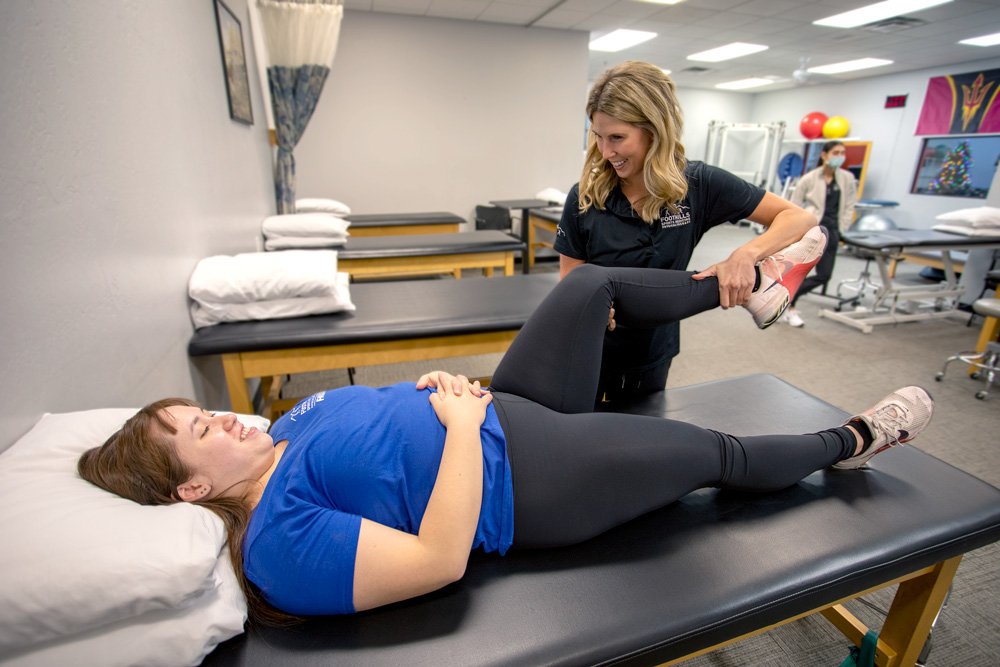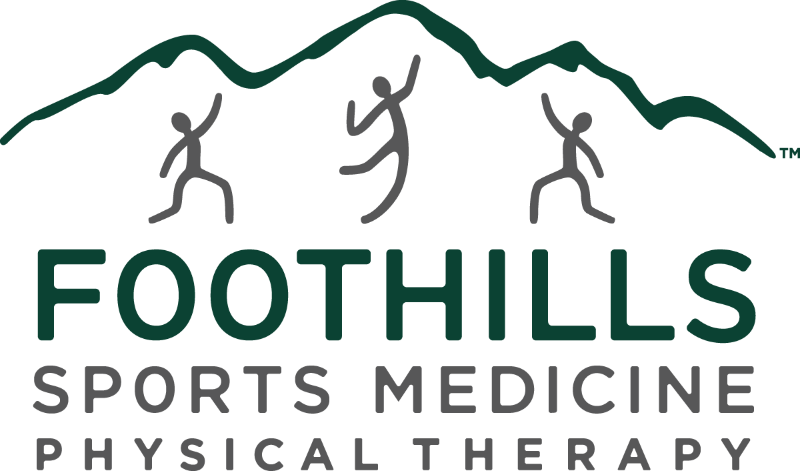In the field of physical therapy, direct access means that patients have the ability to go directly to a physical therapist to receive an evaluation, without first being referred by a physician. If a person feels they have a problem or injury that a physical therapist can help with, they can refer themselves, if their insurance permits. Direct access is beneficial for a lot of reasons. First, the physical therapist is recognized as the licensed professional of choice to manage musculoskeletal and movement disorders in patients. This is the area in which PTs have the expertise, and patients can avoid costs by not being subjected to unnecessary scans and tests at the doctor’s office for something as simple as back pain. Going straight to a PT will allow you to get help, lower your costs, and it will decrease wait times at doctor’s offices. Direct access does not increase the risk of misdiagnosing a patient. In fact, direct access is also an option for the physical therapist. They do not have to treat the patient if they are not comfortable with doing so. PTs are trained to recognize symptoms that would suggest patients have underlying medical conditions that need to be treated by a physician, and they often refer patients to physicians if they suspect a more serious medical condition. In the states that already have direct access, physical therapy liability claims have not increased. This further proves that physical therapists have demonstrated the knowledge and skill to safely treat a variety of patients. Direct access also allows therapists to build stronger bonds with physicians and improve relationships with other healthcare providers. Entry-level physical therapists now receive doctorate-level degrees, and practicing therapists must meet strict criteria and take part in continuing education to renew their therapy license every two years. PTs have a deep knowledge of the latest trends, and they understand how to diagnose a patient— and whether or not to refer out. To date, there is no objective data indicating that self-referral to physical therapy puts the patient at an increased risk. There is also no data showing that more healthcare dollars are consumed by self-referral; in fact, it is believed money is saved by avoiding unnecessary tests or specialist referrals. Many conditions can be successfully evaluated and treated with no expensive diagnostic testing at all. While some states do allow direct access, others still have unnecessary restrictions in place. Statistics have proven that there is no real downside to direct access, and they have also shown that it actually saves the patient money, and leads to less waiting when you do need to see a doctor. To find out more about direct access in your state, read about restrictions here.
What Does Direct Access Mean For Physical Therapy?




